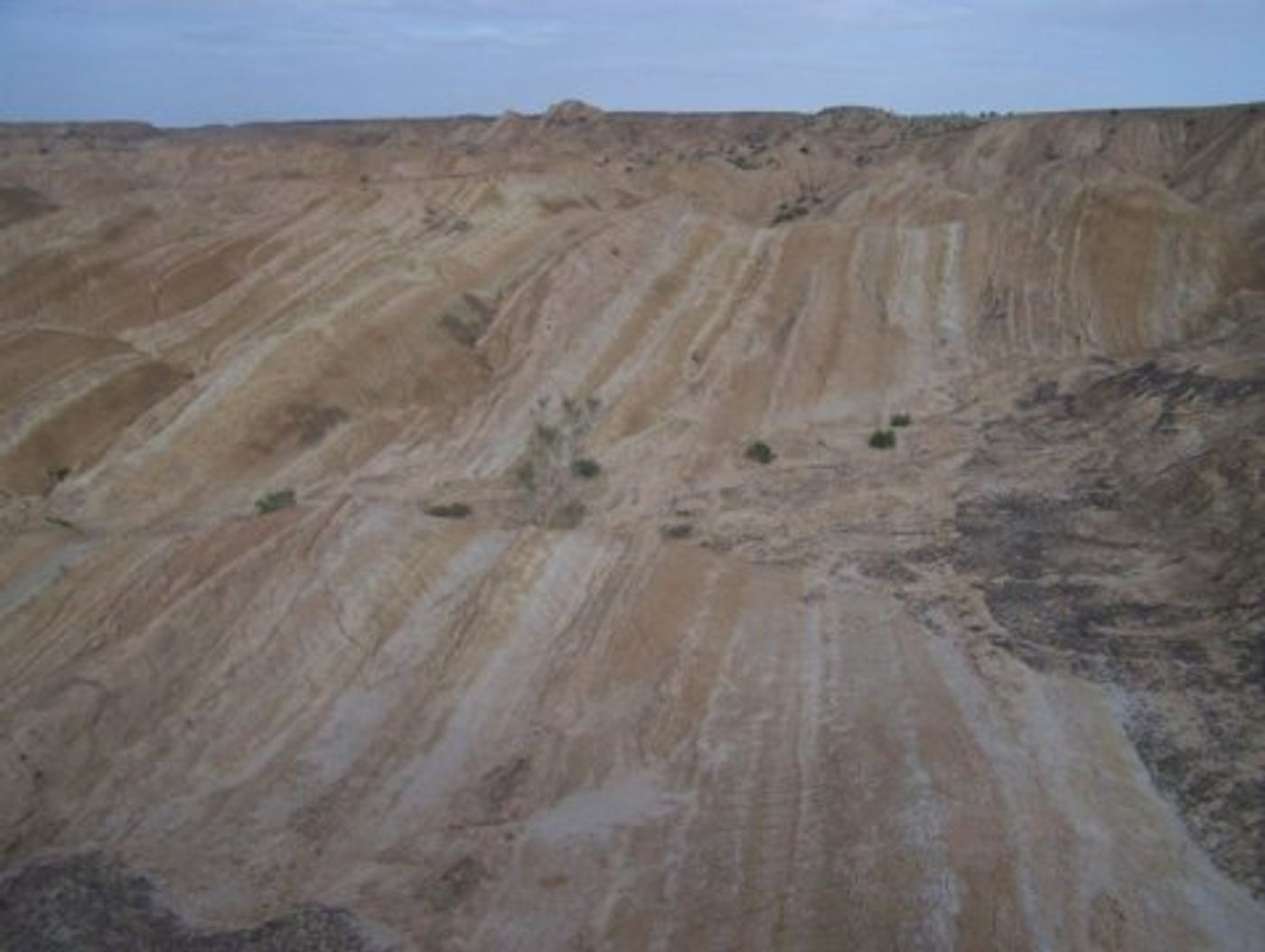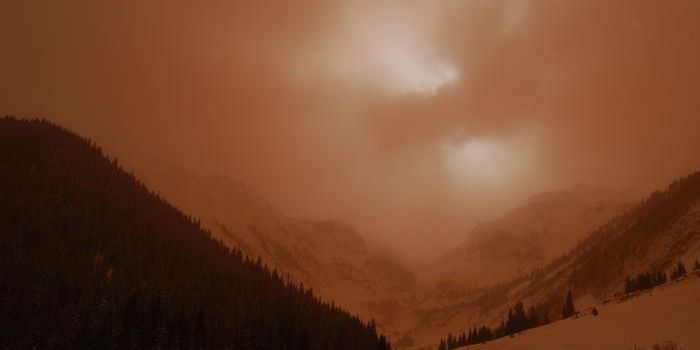Looking back to see forward: Tibetan sediments tell climate history
Recently published in Science Advances, a study from researchers from the University of Rochester, Carmala Garzione and Junsheng Nie, looked at sediment samples from the northern Tibetan Plateau's Qaidam Basin in order to determine a clearer image of the paleoclimate cycle during the late Miocene epoch, which lasted 11 to 5.3 million years ago. The team’s results provide insight into past climate patterns, which may help us predict what is in store for our planet’s future.
The research found that for the past 800,000 years Northern Hemisphere ice ages have been happening approximately every 100,000 years. Before that time, ice ages happened in cycles of 41,000 years.
"People have been thinking that the 100,000 year cycle was a later Quaternary [present-day] climate anomaly," Nie says. "But from our results, we see that it's not an anomaly, it was present many years before."
Equally as interesting, the scientists’ analysis of the sediments from the Qaidam Basin provided evidence that the East Asian monsoon patterns in the late Miocene also occurred in 100,000 year cycles, with stronger monsoons peaking at 100,000 years and diminishing in the periods in between, ScienceDaily explains. This changes prior scientific knowledge regarding monsoon cycles, placingt a greater than 6 million earlier onset of these 100,000 year cycles.
Both ice age cycles and monsoon cycles are determined by orbital forcing – a.k.a. how much radiation the Earth receives because of its position to the sun. Eccentricity, axial tilt, and precession of equinox (three types of variations that are called Milankovitch Cycles) all affect climate patterns because, as Garziones explains, "Each of these factors influences incoming solar radiation and how Earth is absorbing heat.”
So what can scientists extrapolate from this new knowledge looking forward? "If one hemisphere sees major advances and retreats in ice sheets, that's when we get into this pattern of 100,000 year cycles dominating," Garzione says. "The question is, will we push carbon dioxide high enough in the future that the Northern Hemisphere remains ice free and the advances and retreats begin again with the Southern Hemisphere ice sheets." If this were to happen, that could mean that the Southern Hemisphere ice sheets would influence climate cycles such as monsoons.
Source: ScienceDaily, Advances Science









